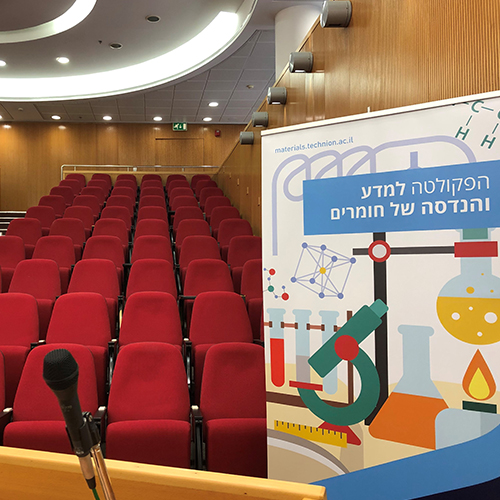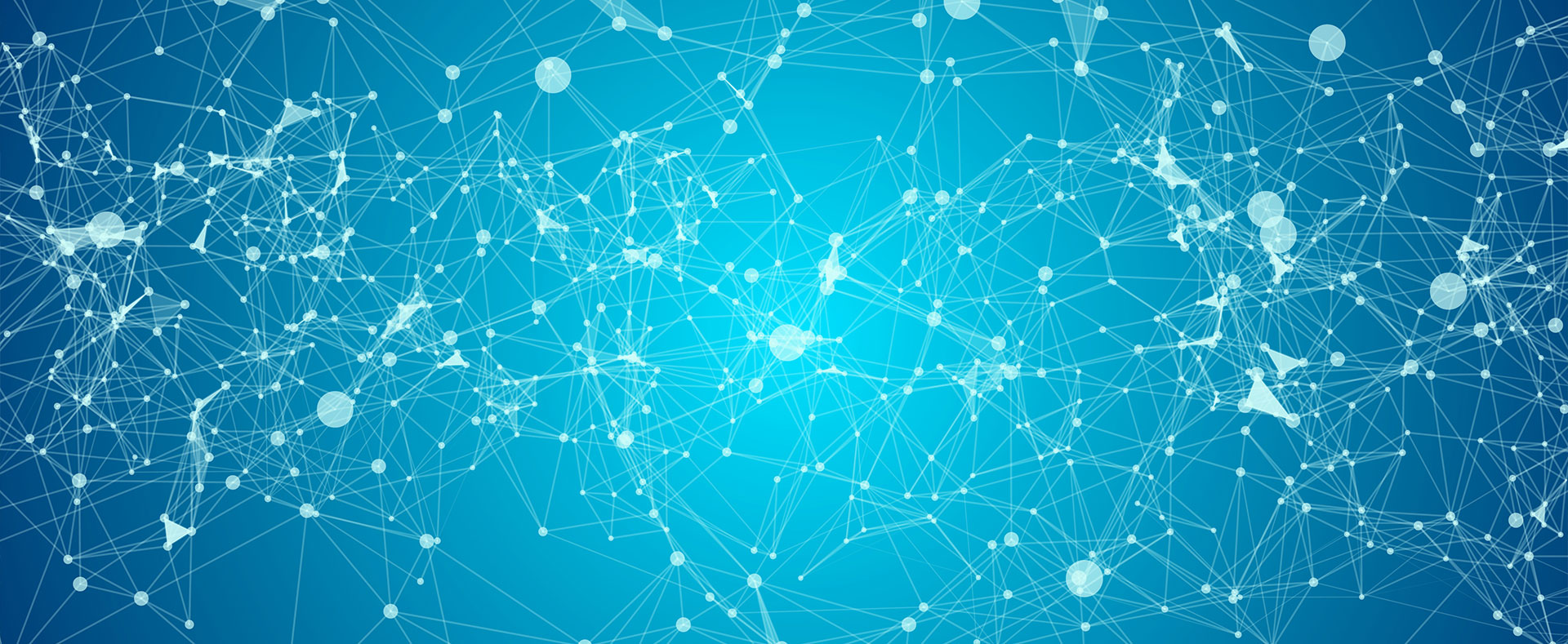
Prof. David Cahen
20/11/2025
אודיטוריום ע"ש דויד וואנג, בניין מידן, קומה 3
13:30
Experiments over the past decade+ uncovered unexpectedly efficient long-range electronic transport in ultra-thin, dry protein junctions, extending over tens of nanometers, with negligible room temperature thermal activation. We now reproduced these results in microscale metal/protein/metal junctions with no contact resistance, challenging accepted molecular transport mechanisms, particularly tunneling and thermally activated hopping. The latter cannot account for the conductance persisting at cryogenic temperatures. These protein-based junctions exhibit purely electronic conduction signatures, without ionic contribution. Hitherto no evidence for electronic states in their HOMO-LUMO gap was found. Our findings point toward a distinct transport mechanism, possibly facilitated by electrostatic landscapes that result from structural dynamics of the protein matrix. Recent evidence points to flexible charged nano-domains, such as in poly-ionomer multilayers, as conditions for efficient transport, with a possible novel mechanism.
Getting at the basics of charge flow in proteins and poly-ionic systems, may redefine understanding of soft-matter electronics and, possibly, bioelectronics.
* collaboration with Mudi Sheves, Israel Pecht & Sudipta Bera, WIS, and Marc Tornow (TUM)


